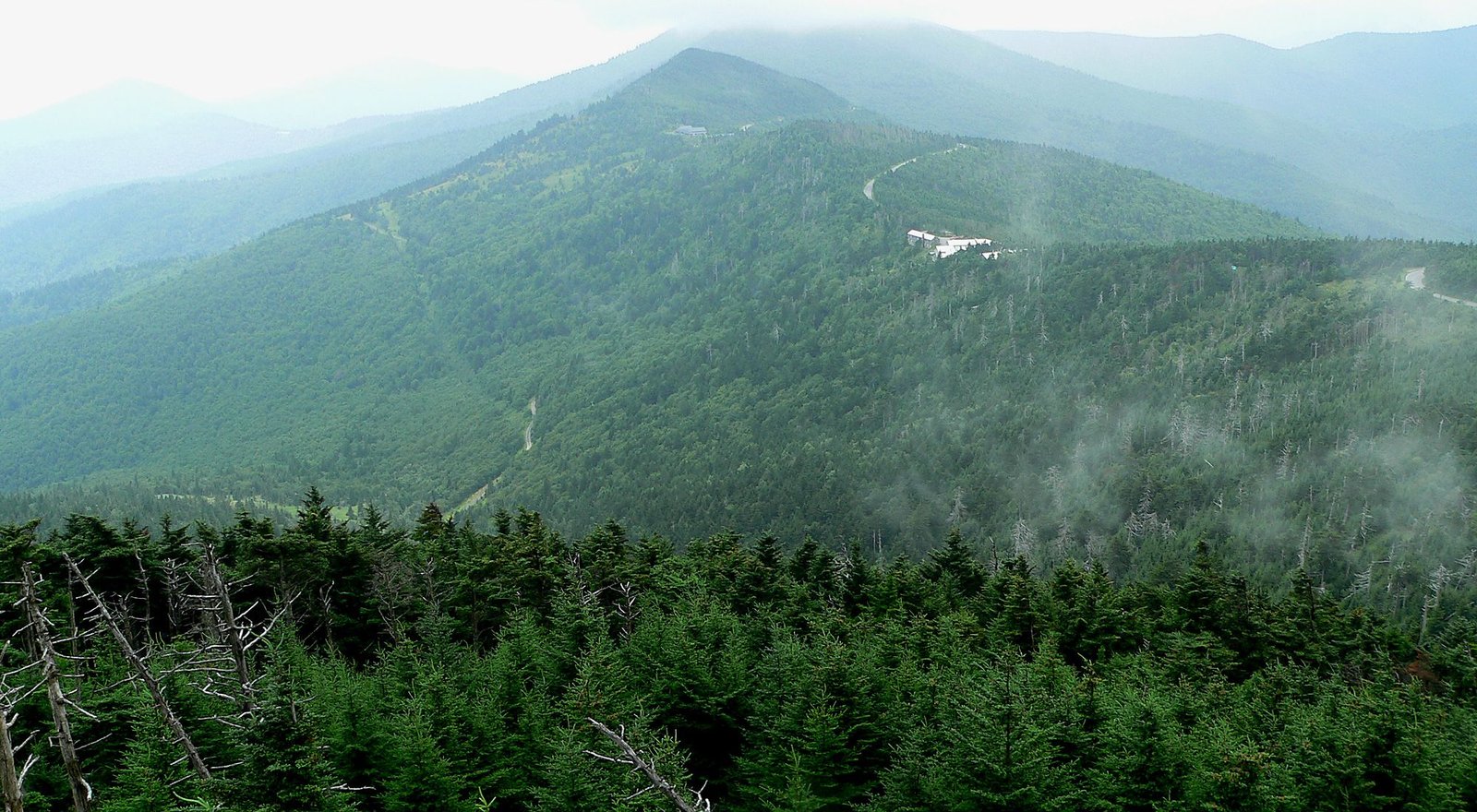What Was the Original Purpose of the Appalachian Trail?
The Appalachian Trail emerged from a visionary concept by Benton MacKaye in 1921, transcending mere hiking infrastructure. MacKaye’s groundbreaking proposal envisioned a transformative landscape connecting urban dwellers with wilderness through interconnected farms, work camps, and community spaces, offering an escape from industrial city life and promoting self-sustainable mountain living.
Who Conceptualized the Trail’s Original Vision?
Benton MacKaye, a regional planner from Massachusetts, was the primary architect of the Appalachian Trail’s original purpose. His 1921 proposal, “An Appalachian Trail: A Project in Regional Planning“, represented more than a recreational pathway—it was a holistic social and environmental design.
What Were the Core Philosophical Foundations?
MacKaye’s vision encompassed several revolutionary principles:
- Urban Escape Mechanism: Creating a sanctuary for city residents to reconnect with nature
- Community Development: Establishing self-sustaining mountain communities
- Work-Study Integration: Developing wilderness camps for productive engagement
- Socio-Environmental Balance: Bridging industrial urban life with natural landscapes
How Did the Original Concept Differ from Modern Perceptions?
| Original Concept | Modern Interpretation |
|---|---|
| Comprehensive regional planning | Primarily recreational hiking trail |
| Social rehabilitation framework | Outdoor adventure and personal challenge |
| Interconnected community spaces | Individual wilderness experience |
| Work-study wilderness camps | Tourism and environmental conservation |
What Specific Infrastructural Elements Did MacKaye Propose?
MacKaye’s original design included:
- Interconnected wilderness work camps
- Agricultural communities along the trail
- Recreational spaces for urban dwellers
- Collaborative living and working environments
- Sustainable mountain settlement models
How Did Conservation Efforts Emerge from the Original Purpose?
The trail’s conception inherently supported conservation goals:
- Preservation of Appalachian mountain ecosystems
- Protection of natural landscapes
- Creating public awareness about environmental stewardship
- Establishing legal frameworks for land conservation
What Organizational Structures Supported the Original Vision?
The Appalachian Trail Conference (now Conservancy), formed in 1925, became instrumental in realizing MacKaye’s vision. This organization coordinated:
- Trail construction and maintenance
- Land acquisition and protection
- Community engagement
- Educational programming
Why Was the Trail More Than Just a Hiking Route?
MacKaye’s concept transcended recreational hiking. It represented a:
- Social experiment in community living
- Philosophical statement about human-nature relationships
- Model for regional development
- Mechanism for urban stress relief
How Did the Original Purpose Influence Modern Trail Management?
The trail’s foundational principles continue to shape its management:
- Cooperative governance between federal agencies, states, and hiking clubs
- Emphasis on environmental education
- Preservation of natural and cultural heritage
- Maintaining accessibility while protecting ecological integrity
Conclusion: A Visionary Legacy
The Appalachian Trail’s original purpose was a radical reimagining of human interaction with landscape—a blueprint for sustainable living, community development, and environmental harmony that continues to inspire generations.

